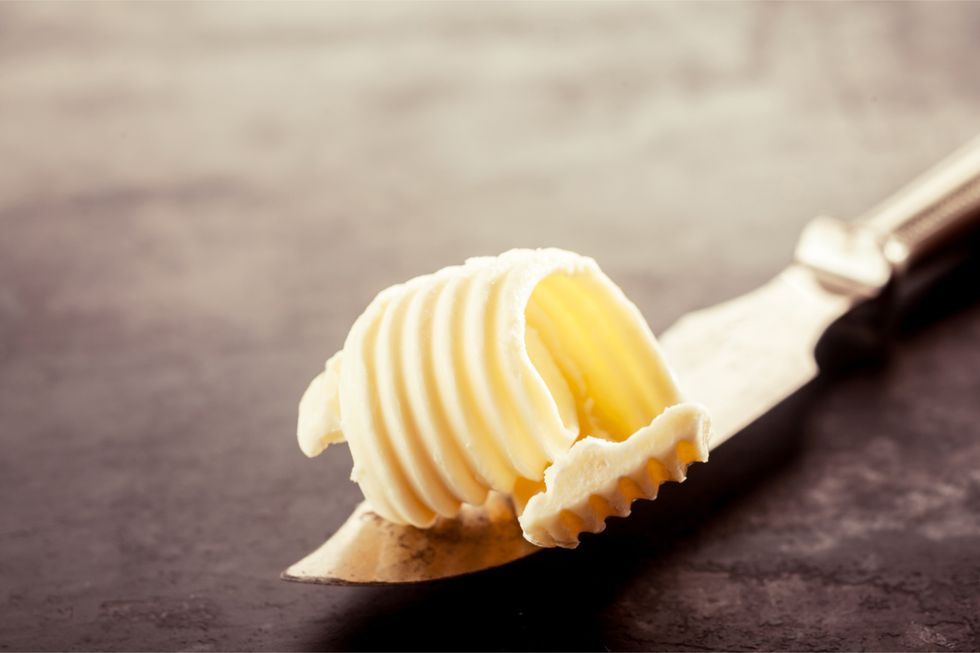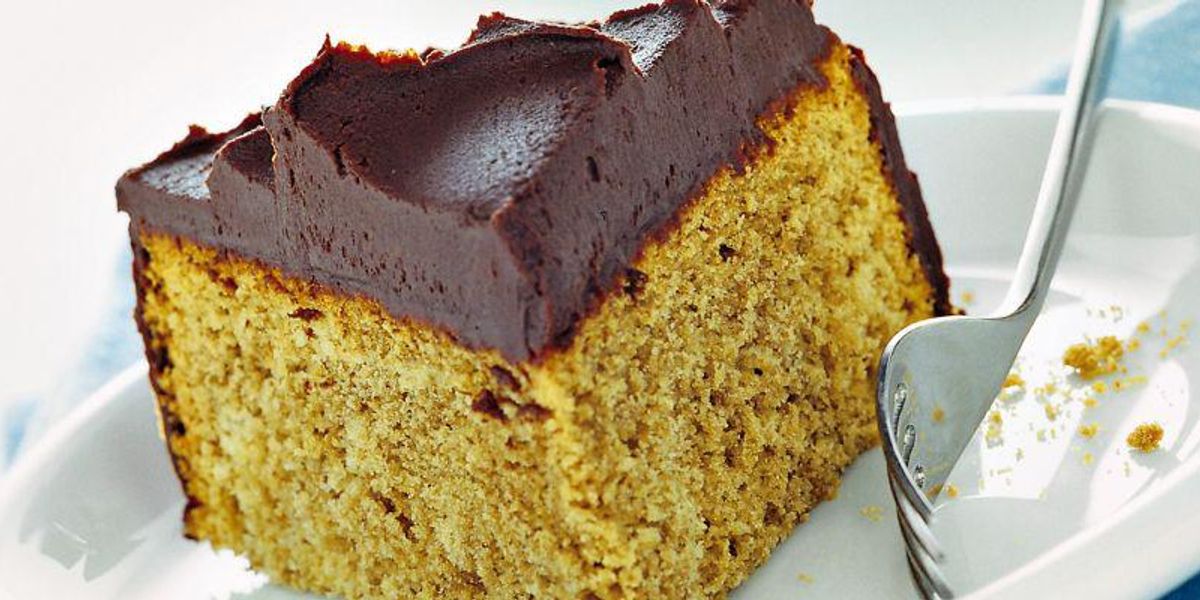
Creamy, greedy, indispensable in many gastronomic specialties of the most varied regions. Abused until some time ago and then, unexpectedly, re-evaluated.
We are talking about butter, one of the most widely used dairy products in daily nutrition, a symbol of our grandmothers' home cooking, but still not very detailed in its characteristics and nutritional values.
Less caloric than olive oil
Butter is a product obtained from the fat part of milk, from cream or whey. Composed for the most part by fats and minimally by proteins and carbohydrates, it is less caloric than olive oil, even if it contains saturated fats, which is dangerous if consumed in large quantities for cardiovascular health (unlike olive oil which contains good or polyunsaturated fats).
Source of vitamin A, calcium, and phosphorus
Regarding its composition, you need to know that it has other useful elements. First of all, vitamin A, necessary for the formation of cell membranes, a good percentage of calcium, necessary for the formation of bones and teeth, and finally, a small part of phosphorus, a constituent of DNA and essential for the transformation of food into energy.
Not all is the same
But butter is not all the same. The two basic types are centrifugal and surfacing. The centrifuge butter is obtained by centrifuging the cream of fresh milk or quickly separating the aqueous phase from the fat phase. The product obtained with this procedure is very white and not very aromatic. On the other hand, the surfacing butter is produced by letting the milk rest in special tanks to allow the fat to emerge. The final result is a more yellow and more aromatic compound. The choice, therefore, depends a lot on taste. Instead, it is better to avoid whey butter, which is obtained from what remains from the cheese production, which is qualitatively poor.
D'Alpeggio is better
If it is true that for a quality butter, the processing is essential, it is also true that the final product depends a lot on the raw material, from the type of feeding of the cows, their state of health and the surrounding environment. Donegani clarifies, "A particular note is therefore due to the alpine butter, obtained from the cows that graze on high ground at certain times of the year because they feed and live in a better environment.
How to evaluate freshness and goodness
Finally, the best proof is always tasting. The butter must be white (unless it is obtained from surfacing); the yellow color, in fact, derives from oxidation or poor conservation. The smell is also important; it must smell milk if it has a pungent odor which means it is not good.






